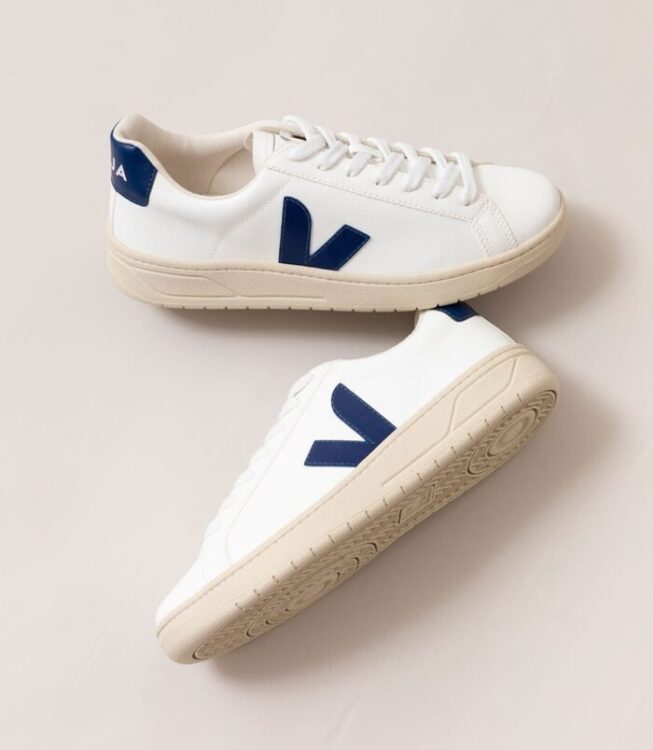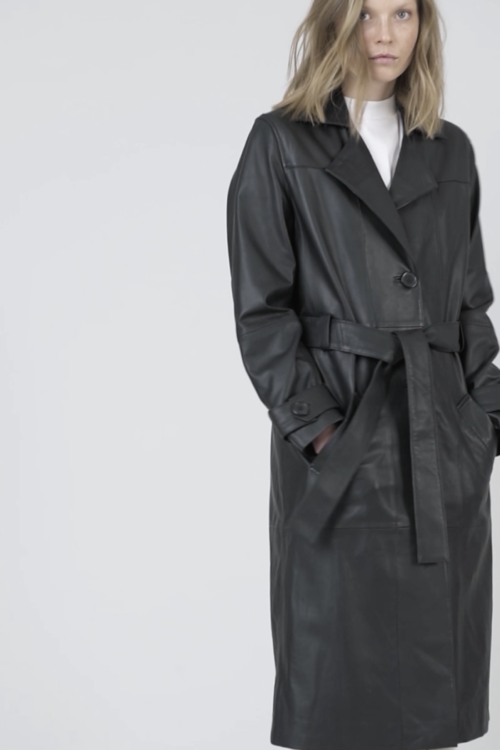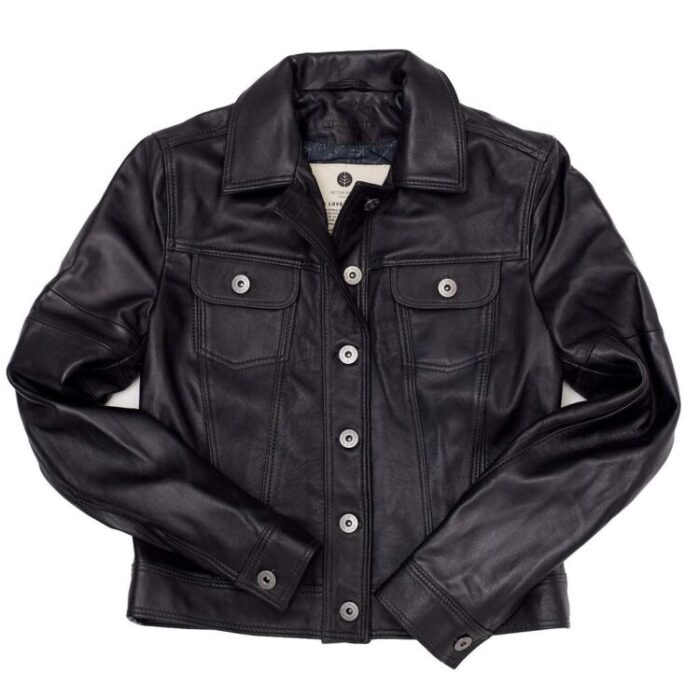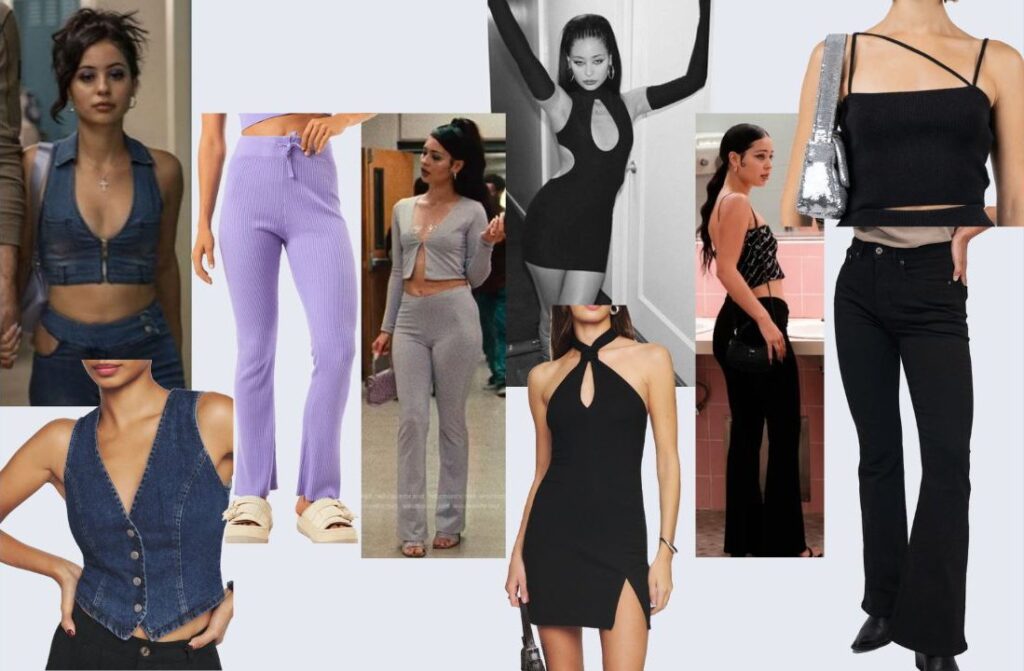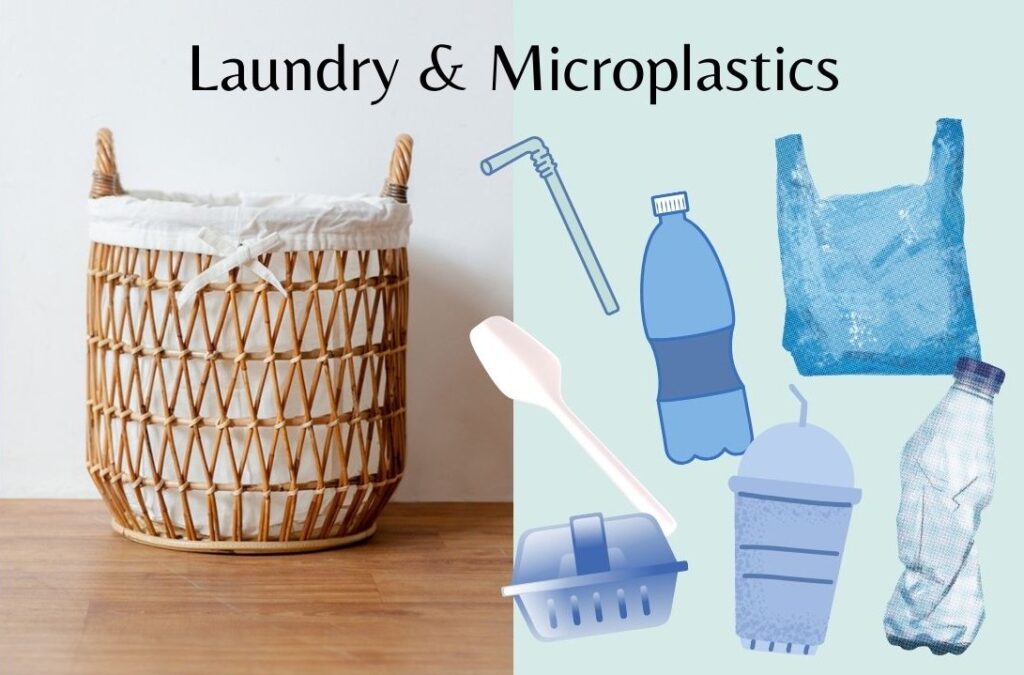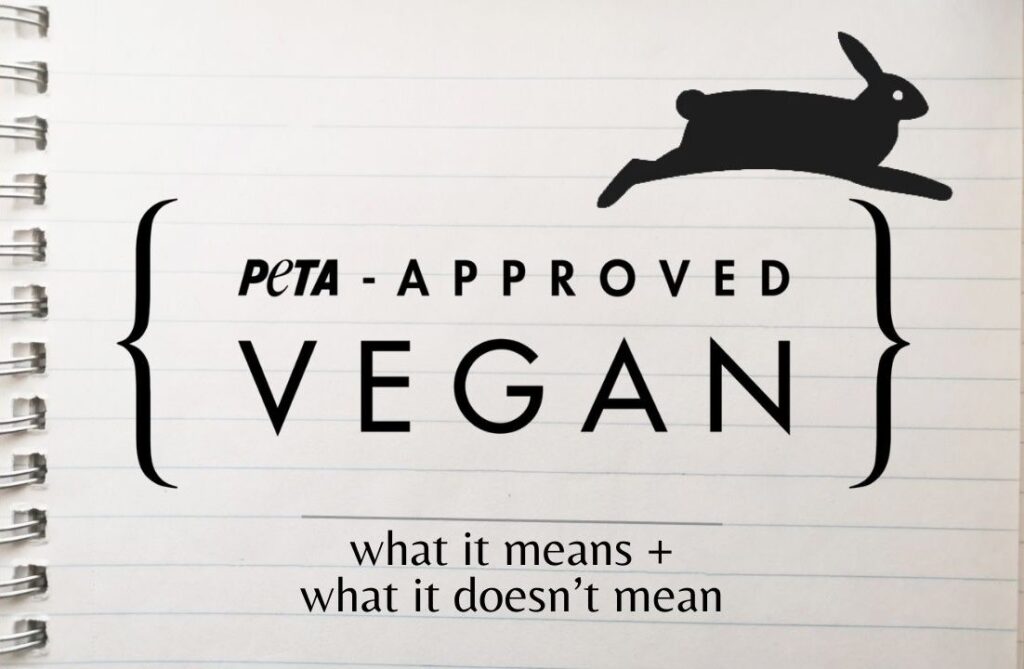Veganism started off as a diet in which any products of animal origin are excluded. Nowadays, the term is much bigger, and it has rather become a lifestyle that involves not using and consuming anything of animal origin. This means, not only a diet but also the clothing you wear. No more leather, wool, silk, fur and down. There are different reasons and motivations to go vegan. The three main reasons are: animal cruelty, health and environment. If you’re vegan for the animals or the environment, you probably get very excited when finding brands who sell “vegan leather” items. Thrilled about finally finding a sustainable brand that sells vegan leather, you browse through their products and pick your favourite one. You might even pick up a few other items from their collection while you’re at it, because you were already convinced the brand is ethical as soon as you saw the word “vegan”. Now, before getting too excited, read this and keep it in mind next time you see a product marketed as vegan leather.
What is greenwashing
Before diving into vegan leather, let’s talk about the title of this post. If you’re not familiar with the term ‘greenwashing’, here’s a quick definition – but definitely keep an eye out for a future blog post dedicated to this term. Greenwashing is essentially when a company, in this case a fashion brand, markets themselves as sustainable but doesn’t spend that much energy on actually becoming more sustainable. The brands use misleading terms and information to attract consumers who are just simply trying to buy ethical products. The growing interest in sustainable fashion results in more greenwashing. The more we as consumers demand sustainable garments, the more brands will use greenwashing in an attempt to fit our needs.
What is vegan leather
Now let’s get back to vegan leather. What exactly is it?
Vegan leather is also known as imitation leather. It simply means real leather is mimicked by using artificial or plant materials. Most of the time, imitation leather is made from PVC or PU. Polyurethane (PU) and polyvinyl chloride (PVC) have been used since the mid-1900s but now that the vegan movement is growing, more brands are marketing their already imitation leather jacket as “vegan leather”. If a brand wants to seem eco-friendlier, all they have to do is just add “vegan leather” to the product’s description of a PU item and design an impressive marketing post and their sales and reputation will instantly improve. Technically, they are not lying because PU and PVC are vegan. No animals are used in the production of PU and PVC.
The common misconception we need to talk about is that “vegan” is equal to “sustainable”. It is not, unfortunately.
At least not always, read until the end to see examples of ethical vegan leather
There are several reasons PU and PVC are not the heaven-sent, life-saving alternatives for people who care about animals and our planet. PU is made from a synthetic polymer and PVC is made by altering a plastic resin. The common denominator is plastic which takes hundreds of years to biodegrade. Okay, so we know the raw material for both is plastic, but what about the production process? Well, to achieve the look and characteristics of real leather, the materials have to undergo several treatments throughout the production process for which toxic chemicals are used. PVC is the most environmentally damaging of the two and is often called one of the most toxic plastics of all. Vegan leather is often promoted as eco-friendly but plastic materials such as PU and PVC pollute the environment and indirectly kill animals too (yes, really!).
The problem with “vegan leather”
Although there are different ways to call vegan leather, such as “imitation leather”, “synthetic leather” and “fake leather”, vegan leather is most used by brands as this attracts more attention by consumers due to the increasing popularity of veganism. Calling something “vegan” is often not a lie, but it is quite suggestive. If you see “vegan” and “cruelty-free”, you’re automatically drawn to believe it’s sustainable. And while it is to a certain degree, because no animals are harmed, you’re not exactly helping the planet when wearing them. Sounds a lot like the term I explained earlier – greenwashing – doesn’t it? Just a choice of words can make a product or brand seem environmentally friendly.
So, yes, a PU bag is vegan, but if your motivation for being vegan is also to protect the environment, you need to watch out for greenwashing. Vegan does not instantly mean eco-friendly – let’s hope all the environmentally damaging materials will be gone in the near future and this post will be outdated.
So next time you see a product made from “vegan leather”, do some more digging, find out what it’s really made of and don’t let the intriguing word deceive you. And let’s start calling synthetic leather by its name again: synthetic leather.
Brands offering eco-friendly leather
Luckily you can still wear items that have a ‘leather look’ as a vegan – or just simply as someone who doesn’t support animal cruelty – while also being kind to the planet.
To help you on your way to wearing vegan and environmentally friendly items, here are some ethical alternatives for leather:
Cork leather
Cork, as the name suggests, comes from the cork tree. When collecting the material, it is carefully scraped from the tree which means the tree remains intact and can form new bark. Check out South American brand Cariuma who offer shoes with 100% vegan and eco-friendly insoles made from cork and organic mamona oil.
C.W.L.
C.W.L. is a material used by French sneaker brand VEJA, and it is a perfect example of a vegan and eco-friendlier alternative to leather. It is made from cotton fabric covered by a corn-based coating. It is 63% biodegradable as it also contains some polyurethane. The shoes below are just one example of the many options they have.
Cactus leather
Apart from cork, there are many other plants and trees that can be used to produce an alternative for leather. One of which is the cactus. The Swedish brand Deadwood have recently -as of 2021- released a collection of jackets and pants that are made from organically grown cactus.

Deadwood
Women’s River Cactus Green Jacket
€706 / $857 USD / £608
Presley Pant Cactus Green
€454 / $551 USD / £391
Upcycled leather
Okay, if your main motivation for wearing vegan leather is because you don’t want to wear anything that involves animals, than this last one is not for you. If you just want to make the most responsible decisions and don’t mind wearing leather as long as it’s sustainable, then keep on reading. Upcycled leather means waste from either old leather garments that are not in style anymore, offcuts from the garment industry or rejected skins from tanneries. This means the leather used was not produced for the brands but rather the other way around: the brands use material that otherwise would have gone to waste. Check out this leather trench and a denim style jacket, both made from upcycled leather.
